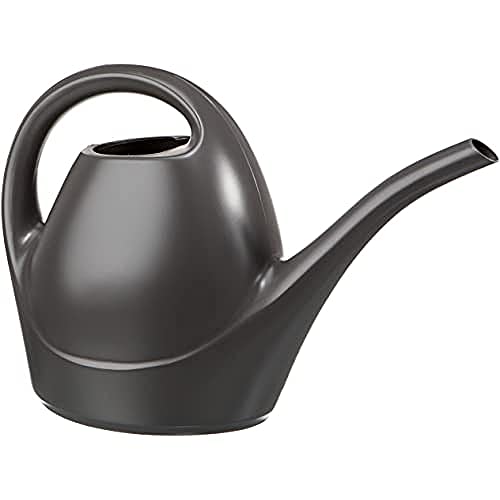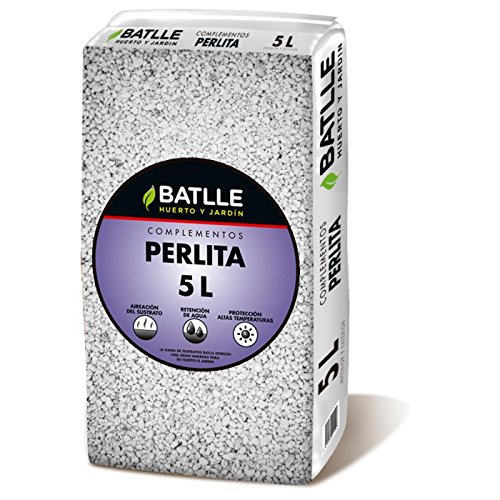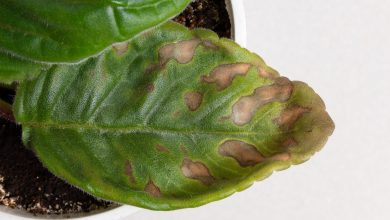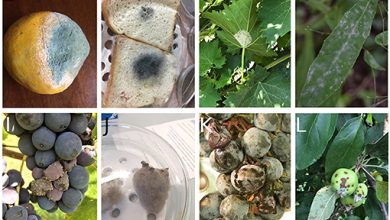How often and how to water my Sansevieria?

 The sansevieria has been considered an ideal plant species to have at home without the need to invest a lot of time in its care.
The sansevieria has been considered an ideal plant species to have at home without the need to invest a lot of time in its care.
The reality is that it is a species that requires few risks, that adapts to all kinds of conditions and that even pests do not affect it much.
While it is true that having clear concepts about watering sansevieria will help make it even more perfect, it is drought tolerant.
Do you want to know everything about this topic and what you should keep in mind to give it the right hydration it needs? Here we tell you.
Important points when watering a sansevieria:
- Irrigation frequency: for the hottest days of the year it can be watered fortnightly, increasing the frequency to a monthly when the temperature drops.
- Irrigation method: by watering can.
- Optimum time of day for watering: any time of day if in shade or early morning if in full sun.
- Identify excess water: falling leaves, turning yellow and root rot.
- Identify lack of water: it is not prone to drought damage unless it is for excessively excessive periods, then it will present a tendency to die.
What watering needs does sansevieria have?
Sansevieria is a very delicate plant when it comes to irrigation, not because it requires it in a timely manner, but because it does not tolerate waterlogging. In fact, specialized keepers advise that it is better to keep the substrate dry than excessively moist.

To achieve a point of balance, you have to assess the conditions of the environment, starting from the reality that you can live peacefully in hot environments.
How can we detect lack of irrigation in sansevieria?
 Drought is not a problem for sansevieria because it is able to survive even in the most unfavorable conditions.
Drought is not a problem for sansevieria because it is able to survive even in the most unfavorable conditions.
The risks implemented according to the frequency set out below will be more than enough to keep you happy and healthy.
In any case, take into account that nothing in excess is beneficial, so this time cannot be so extended. If so, sooner or later the plant will die.
How often should we water the sansevieria?
The risks must be established based on the conditions shown by the substrate, waiting for something dry to appear before advancing with them.A cycle that is considered approved is to implement a weekly or fortnightly irrigation during the spring and summer periods.
However, in the colder seasons, between autumn and winter, these irrigations can be set to one monthly.Thanks to this widely spaced frequency, the plant will have the opportunity to enjoy a moist substrate at a time, which gradually dries up.

This is the original way of working when they are in nature. We must be aware that it is a plant that does not need spraying, even if it seems to us that it is suffocatingly hot. This action, more than helping it to be in optimal conditions, what it will generate is a serious problem of excessive humidity.
What is the best way to water sansevieria?
The best way to water sansevieria, whether it is indoors or outdoors, is with a watering can to ensure a very slow and reduced flow of water. If you have it in a pot, it is essential to ensure that it is capable of evacuating excess water from the bottom.

This will prevent the soil from staying wetter than necessary and reduce the chances of puddles. Keep in mind that sansevierias share many characteristics with plants known as succulents.
This implies that they must be handled in a substrate that drains very well, even incorporating pebbles in the base so that there are no accumulations. If it is very compact land (such as clay) you can suffer inconveniences for its development and maintenance.


How do we detect excess water in sansevieria?
When sansevieria is subjected to high humidity, the first symptom is that the leaves begin to die.Of course, it is an easily visible symptom because this plant has vigorously projecting vertical leaves.
Another symptom that can tell you that something is wrong is the change in color of the leaves, which can turn yellow.If sansevieria is subjected to high humidity, root rot will be almost inevitable.

This caveat also applies to the contribution of fertilizers, especially when they are liquid, because it is a plant that is already very resistant by nature. In summary, choose the sansevieria, put it in an appropriate place (where it preferably receives a little indirect sunlight) and dedicate yourself to enjoying it.
Only take care of watering the sansevieria when necessary, without worrying that it will die from drought.
Bibliographic references
- The sanseviera; its cultivation and exploitation, R Loret de Mola – 1942 – sidalc.net
- Systematization of the productive process of curarin (Sansevieria trifasciata Prain) in the Cuyuta Parcelamiento, Masagua, Escuintla, Guatemala, CA, period 2012 …, FG Retolaza Estrada – 2017 – repository.usac.edu.gt
- Some notes on the naturalization of Sansevieria trifasciata Prain 1903 (Equisetopsida: Asparagaceae) in a thorny xeric scrub of the Cordillera de …, G VELÁSQUEZ – Bulletin of the Latin American Network for the …, 2014 – bioinvasiones.org
- Extraction and Characterization of the fiber of the leaf of the Tongue of Mother-in-law (Sanseviera trifasciata), O Bonilla, H Trujillo, S Guerra, VH Guevara, C López – 2009 – bibdigital.epn.edu.ec
- Botany of tropical crops, J León – 1987 – books.google.com
- Edible plants of Patagonia. Part 1: Exotics, EH Rapoport, LS Margutti, EH Sanz – 2003 – sidalc.net



![Photo of Astrancia: [Cultivation, Irrigation, Care, Pests and Diseases]](https://www.complete-gardening.com/wp-content/uploads/2021/06/Astrancia-390x220.jpg)
![Photo of Pruning a Bamboo: [Importance, Time, Tools, Considerations and Steps]](https://www.complete-gardening.com/wp-content/uploads/2022/08/pruning-a-bamboo-importance-time-tools-considerations-and-steps-390x220.jpg)